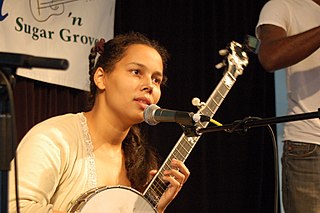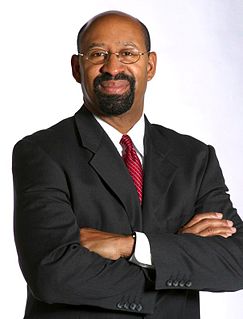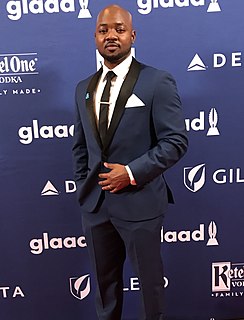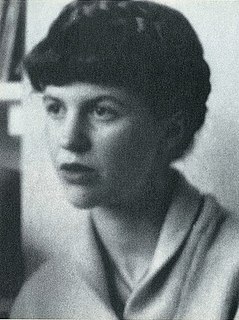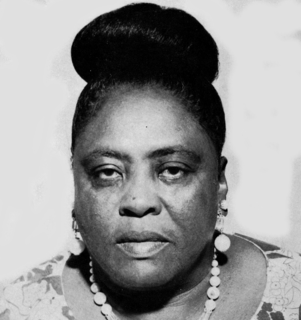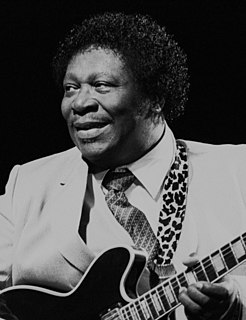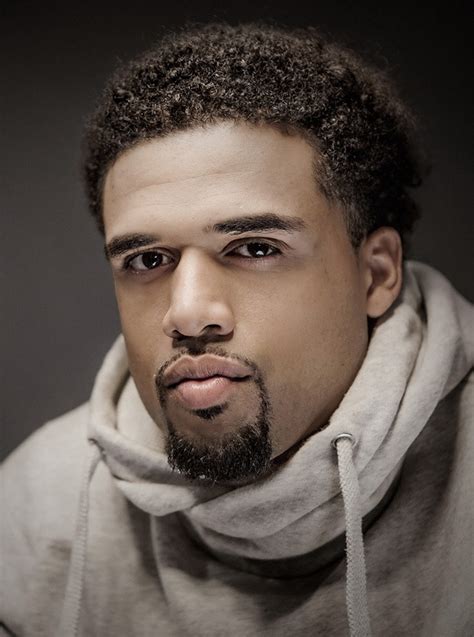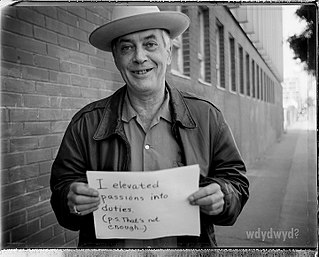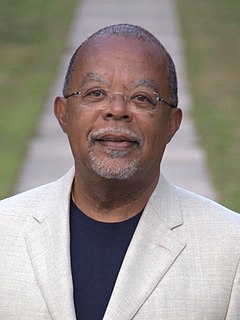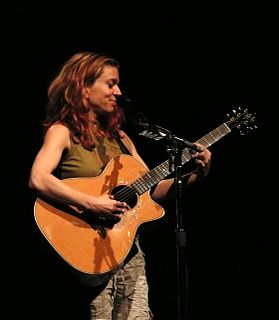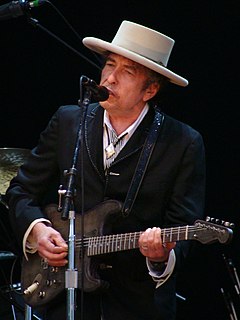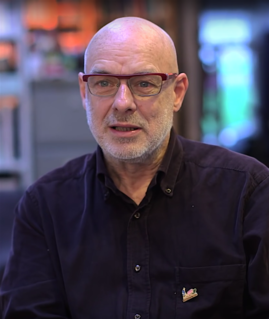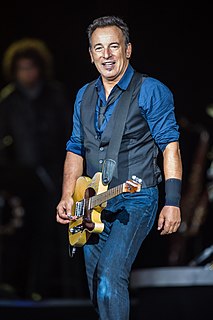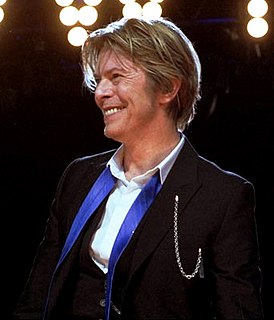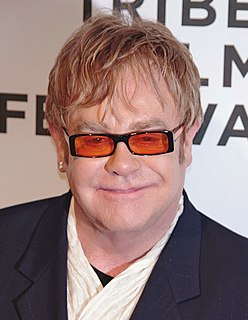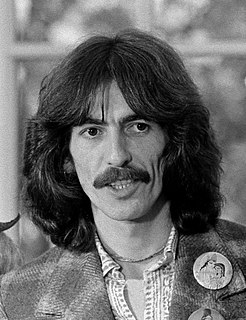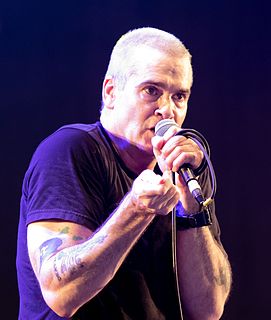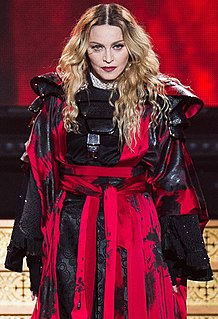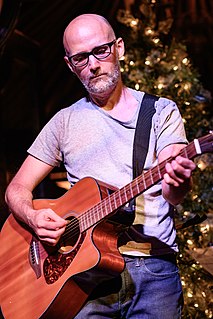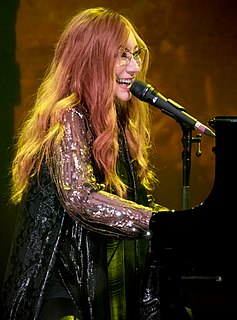Цитата Рианнон Гидденс
Я так отчетливо помню, как впервые увидел один из превосходных сборников Маршалла Уайетта под названием «Люди, которые, конечно, натягивают лук», и увидел фотографию черного скрипача и сошел с ума. Я наткнулся на скрытое наследие черной струнной группы и хотел узнать больше.
Связанные цитаты
Как будто я впервые увидел труп. В течение нескольких недель после этого голова трупа, или то, что от нее осталось, всплывала за моими яйцами и беконом за завтраком и перед лицом Бадди Уилларда, который в первую очередь был ответственен за то, что я ее увидел, и довольно скоро я почувствовал, что Я носил эти трупы с головой на веревке, как какой-то черный безносый воздушный шар, воняющий уксусом.
Я помню, когда я был в Чикаго, и начали появляться данные о том, что, когда чернокожие заходят в автосалон, и в какой-то степени женщины тоже, они автоматически получают более высокие котировки и худшие сделки. И это было только что широко задокументировано в автосалонах по всей стране. Был введен налог на чернокожих. Собирая эти данные, вы можете разработать политику для борьбы с этим.
Когда мы учились в школе в Миссисипи, у нас было Маленькое черное самбо. Вот чему вы научились: каждый раз, когда что-то было нехорошо или в каком-то смысле было плохо, это нужно было называть черным. Мол, у вас был черный понедельник, черная пятница, паршивая овца... Конечно, все остальное, все хорошее, белое. Белое Рождество и все такое.
Я хотел убедиться, что основное внимание [в «Земле»] уделяется самим людям и их решениям, но все же связано с городской средой, которую люди считают черной. Я думаю, что смог снять фильм, не комментируя «черное то или черное то», и вы все еще чувствуете его присутствие. Нет ни одного персонажа, который говорит: «Мы все черные, и мы все в этой борьбе». Это то, что вы просто чувствуете это. Отчасти это связано с тем, что из множества независимых фильмов мы получаем ощущение, что чернокожие постоянно борются.
Я думаю, что в Музее искусств округа Лос-Анджелес я увидел свой первый пример Керри Джеймса Маршалла, у которого была своего рода героическая, негабаритная картина черных мужчин в парикмахерской. Но это было нарисовано на том же уровне и с той же настойчивостью, которую вы могли бы увидеть в крупномасштабных [Энтони] ван Дейке или [Диего] Веласкесе. Состав был классически информирован; техника живописи была мастерской. И это действительно вдохновило меня, потому что, вы знаете, это были изображения молодых чернокожих мужчин, рисовавших на стенах музея одного из самых священных и священных учреждений Лос-Анджелеса.
Когда я вспоминаю, мне кажется, что у меня была та же жизнь, что и у многих белых американских детей, выросших в пригородах Штатов. Я начал замечать, что по мере того, как хватка апартеида ослабевала, у нас в школе было все больше и больше чернокожих детей; У меня было все больше и больше черных друзей. Но я никогда не видел разделения между собой и черными детьми в школе.
Впервые я узнал, что черные люди живут в каком-то месте, называемом иначе, чем Соединенные Штаты, в западном полушарии, когда я был очень маленьким мальчиком, и мой отец сказал мне, что когда он был мальчиком примерно моего возраста, он хотел быть Епископский священник, потому что он так восхищался своим священником, чернокожим из места под названием Гаити.
Я выходец из настоящего рабочего класса, и я не знал никого искушенного, за исключением того, что однажды видел Эди Седжвик в Художественном музее в Филадельфии. На ней были эти черные купальники, маленькие черные туфли-лодочки, большая горностаевая накидка, все эти белые собаки, черные солнцезащитные очки и черные глаза. Она была классной!
Знаешь, если ты действительно хочешь играть по старинке, ты должен научиться танцевать. Контра-танцы, мотыги. Все дело в ритме смычка. Великий скрипач из Северной Каролины Томми Джаррелл сказал: «Если человек не умеет кланяться, он никогда не станет скрипачом». Он может стать скрипачом, но никогда не станет скрипачом.
